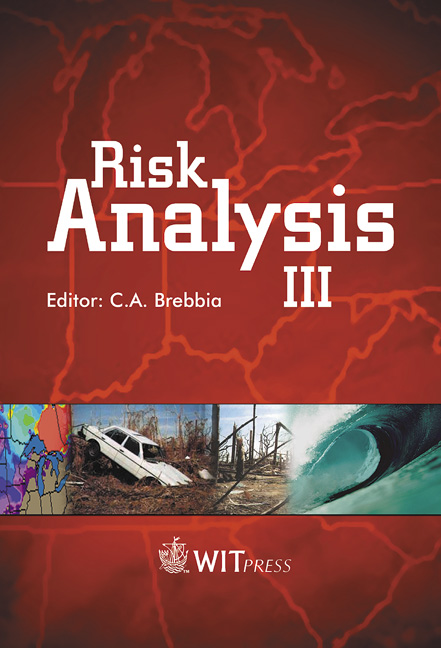Testing Trends In Annual Maximum Discharge Series In Israel
Price
Free (open access)
Transaction
Volume
31
Pages
Published
2002
Size
535 kb
Paper DOI
10.2495/RISK020111
Copyright
WIT Press
Author(s)
A. Ben-Zvi & B. Azmon
Abstract
A variety of statistical tests were executed on 64 annual maximum discharge series observed in Israel during the last six decades. The period of observation at each of the stations selected is at least 25 years, with an average of 42 years per station. The tests aimed at detecting trends in the central values of the discharges, as well as in their variation. Except for one region, the detected changes are of local extent, if any. A decline in the annual maximum discharges and in their variability is found for the Upper Jordan River and its tributaries. A general rise in the variability is found over most other regions. These appear resulting from changes in the meteorological causes of high discharges. Few high discharges occurred in the 1970s and in the early 1980s, whilst an abundant number occurred in the 1990s. 1 Introduction Assignment of recurrence intervals to extreme discharges is commonly done through probabilistic analyses of past events. In these analyses, the selected discharges are considered as being independent, identically distributed random variables. Trends, which might prevail in the records, preclude the suitability of pure probabilistic analyses. Methods and tests for identification and consideration of trends are already available (e.g. Helsel & Hirsch [l]; Porporato & Ridolfi [2]), but few studies that look into trends in series of peak discharges have been published. Trend may occur in the central values of the series (i.e. the mean, the median), as well as in other statistical properties (i.e. the variance, the skewness, etc.). Since a trend in any statistical property might bias probabilistically
Keywords





